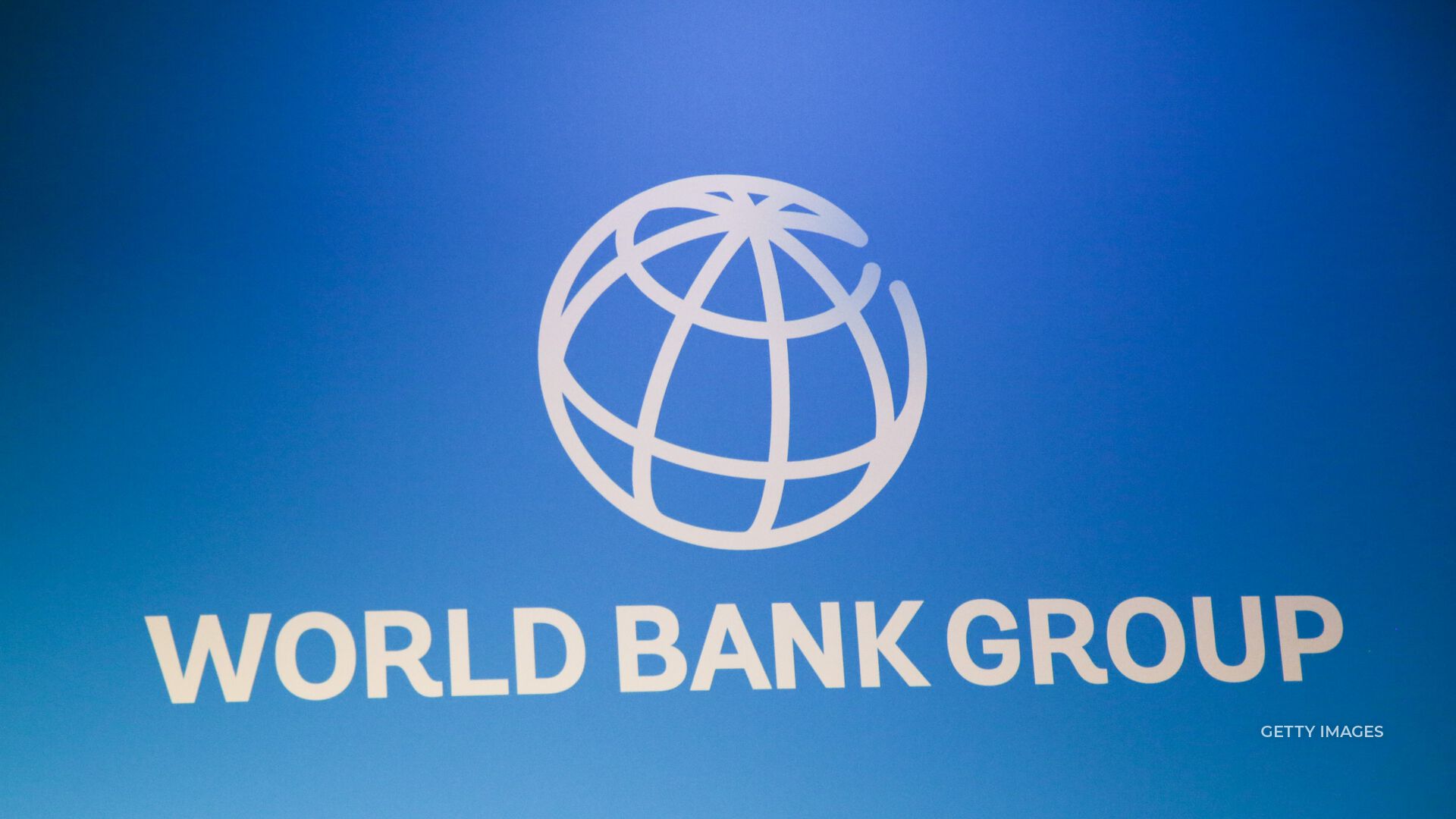
Ayhan Kose | Director, Prospects Group, World Bank: “Things have gotten unfortunately much worse than what we expected. We were expecting a slowdown. That slowdown is much more pronounced now.”}
Jimmie Johnson: A CONCERNING ASSESSMENT FROM THE WORLD BANK TODAY.
THE AGENCY NOW SAYS IT EXPECTS THE WORLD ECONOMY IS HEADING INTO A SLOWDOWN AND WILL ONLY GROW TWO-POINT-NINE PERCENT THIS YEAR.
THAT’S DOWN MORE THAN A FULL PERCENT FROM THEIR PREDICTION AT THE START OF THE YEAR.
THE AGENCY CITED A VARIETY OF FACTORS– INCLUDING RUSSIA’S INVASION OF UKRAINE — THE PROSPECTS OF WIDESPREAD FOOD SHORTAGES — AND CONCERNS OVER THE POTENTIAL RETURN OF STAGFLATION.
Ayhan Kose | Director, Prospects Group, World Bank: “We have a very serious threat of stagflation, and that comes with higher interest rates. Higher interest rates come with the risk of financial stress. We still see supply disruptions. Because of the war, those supply disruptions are of course magnified.”
Shannon Longworth: THE WORLD BANK’S FUTURE PREDICTIONS AREN’T MUCH BETTER– WITH 3-PERCENT GROWTH EXPECTED IN 20-23 AND 20-24.
FOR REFERENCE — THE GLOBAL ECONOMY GREW FIVE-POINT-SEVEN PERCENT LAST YEAR.










